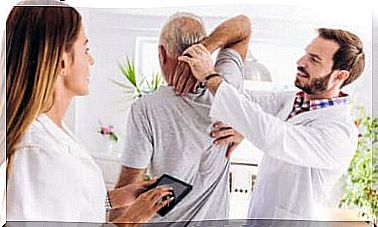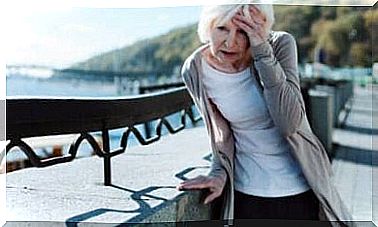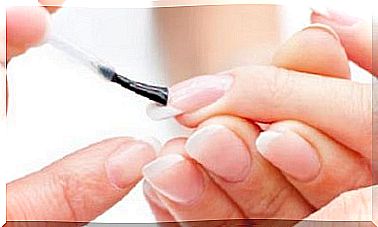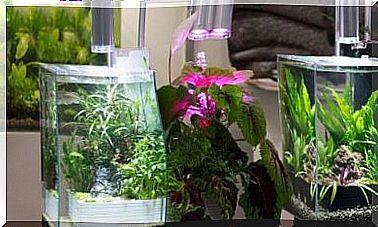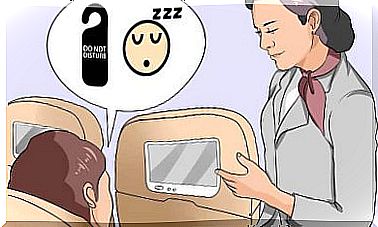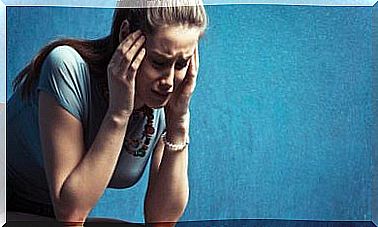My Son Has A 39° Fever! What To Do?
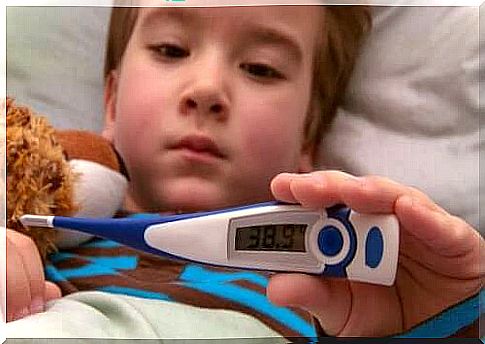
You’ll kiss your little one goodnight and notice he’s too hot. Despair begins. 39° of fever in my child, what do I do?
There is talk of high temperatures or fever when the body has a higher temperature than normal. The standard temperature ranges from 37°C to 37.5°C and also depends on environmental factors, physical activity or age.
What are the symptoms I should be aware of when I get a fever in my child
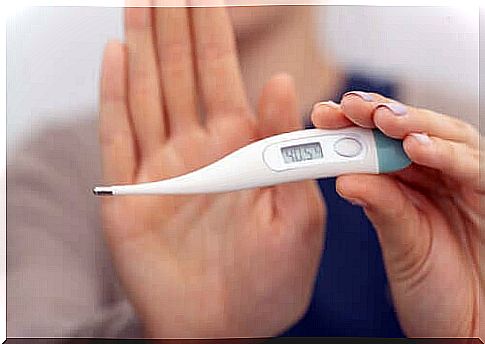
In addition to having a warmer body temperature than normal, there are other symptoms of high fever in children:
- The child feels cold or chills.
- The eyes look bright.
- Pulses usually speed up.
- Breathing is agitated as if they had been doing a physical activity.
- When you are a boy, your testicles can descend from their original position.
- The forehead or face is red with a higher temperature.
- Your hands and feet can be very cold, even if the rest of your body is warm.
What should I do when I notice a fever in my child?
The moment a child begins to manifest some of the symptoms mentioned above, the following steps should be taken to neutralize the fever and prevent it from rising:
Measure the temperature with a digital thermometer
There are several parts of the body where temperature can be measured: mouth, ear, anus, forehead and armpit. Of all of them, the most recommended in children is the armpit.
Mercury thermometers are highly accurate, but they are made of fragile material. Therefore, there is a risk that they will break, as children are restless and, unintentionally, they may break it.
Mercury is the substance inside the thermometer; when the thermometer breaks, it comes into contact with the child’s skin and can intoxicate the child. To avoid problems, the best option is to measure the temperature with a digital thermometer.
avoid lowering the fever
Fever by itself will not cause any harm, even if accompanied by other symptoms. The only time one should act on fever is if it is recurrent and the thermometer readings are high or because of discomfort caused to the child.
However, if the child does not show signs of discomfort, it is not necessary to administer medication.
If I notice a fever in my child, should I administer medication?
The fever usually decreases only one degree after an hour from the time the drug is administered. However, the decrease in fever is not an indicator of the true infection the child is generating.
Antibiotics not indicated to treat high fever in children
It is not advisable to provide antibiotics to reduce fever if the pediatrician has not indicated. In general, antibiotics are not effective against the viruses that cause them, because there are different types of antibiotics, which are indicated depending on the disease.
The manifestation of fever can have different causes:
- first teething
- Constant climate change
- flu syndrome
Therefore, experts recommend avoiding alternating two children’s medications in case of fever. There are risks of intoxication due to errors in the quantity supplied or to unwanted interactions with other medications.
Favorable environment temperature
One option for the child to feel comfortable during the temperature normalization process is to keep the room or the place where he is with a pleasant environment. It should be normal, neither too cold nor too hot.
Try not to cover the child too much as this will create a lot of discomfort and make him feel very uncomfortable. Remember that covering it too much won’t make your fever go down any faster, as this is a process that happens little by little.
take a shower

Bathing the child when a high fever manifests is an option that can be done, as long as the child wants and accepts it without problems.
The water should be at a warm temperature, as the bathroom is for relaxing and making you feel comfortable. Also, avoid cold water.
keep hydrated
Generally, when children go through a fever process, they lose their appetite, but there is nothing to worry about. It could be due to different reasons like general discomfort or sore throat.
Replace solid foods with soft or liquid foods such as water, juices, porridge or jelly. The important thing is to prevent the child from becoming dehydrated.
How to detect fever in my child?
If the temperature is above the following measurements, it is because high fever is manifesting in children:
- 100.4°F (38°C) if measured in the rectum.
- 99.5°F (37.5°C) if measured in the mouth.
- 99°F (37.2°C) if measured in the armpits.
Finally, it is not always necessary to take the child to a specialist when the child has a fever. First, watch her and track her symptoms. Depending on the result, you should see your pediatrician immediately.

